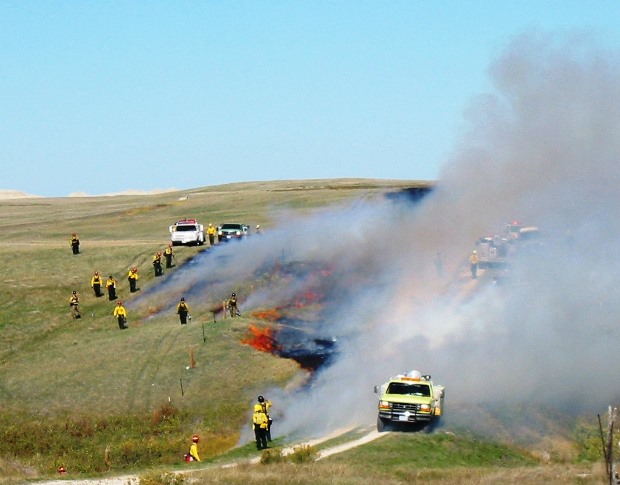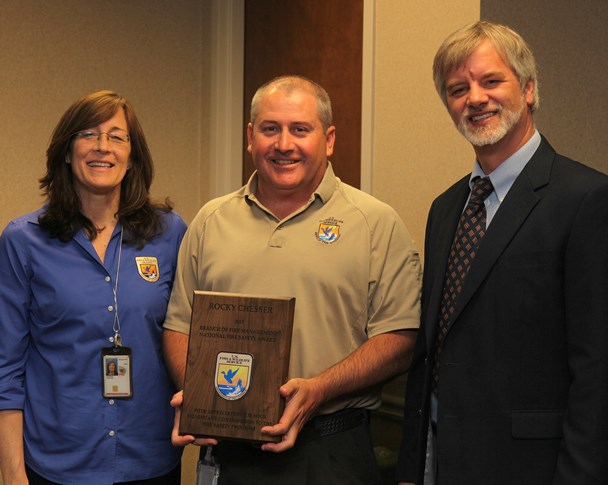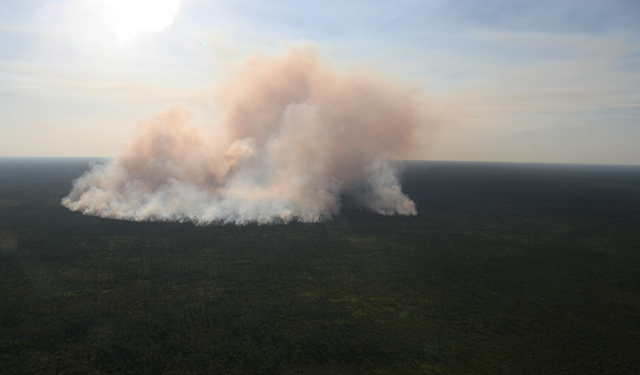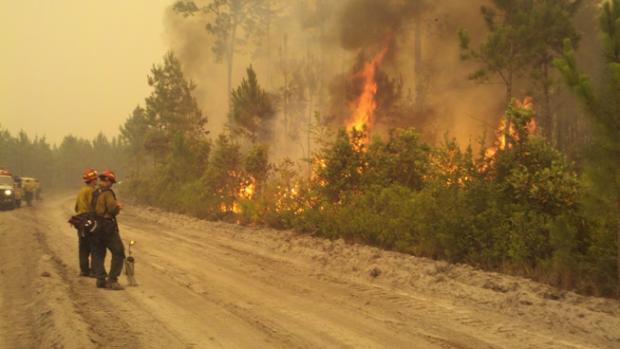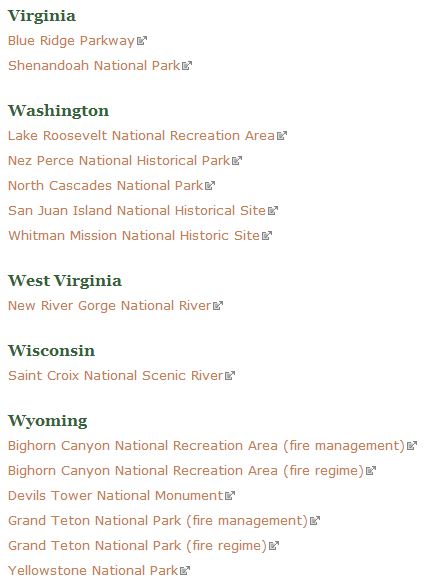A few days after the two bombs went off near the finish line at the Boston Marathon a year ago today, there were two shootouts between the bombing suspects and law enforcement officers. During both incidents dozens or perhaps hundreds of officers self-deployed. Representing many different agencies, they heard about the encounters and simply responded. In some respects there was little or no coordination between them as they attempted to operate on different radio frequencies.
During the first shootout, which occurred at night, the suspects found themselves surrounded in an almost circular fashion. The officers saw someone firing a weapon in their general direction and fired back at the other shooter. A policeman was seriously injured by friendly fire. At least 100 rounds were fired by the officers while the two suspects, who had only one gun between them, fired 10 or less.
The second shootout when the remaining suspect was holed up in a boat, was almost as chaotic, as numerous self-deployed officers arrived at the scene. One SWAT team sharpshooter took a position on a roof only to be surprised by another sharpshooter from another team. They argued for a while, but both remained on the roof.
While law enforcement officers rarely find themselves suddenly in an emergency with hundreds of participants from many different agencies, most firefighters have seen chaos during the early stages of fires when resources are arriving from multiple jurisdictions. The adoption of the Incident Command System and later the National Incident Management System has provided a framework for reducing or eliminating unorganized mayhem — on fires as well as planned or unplanned incidents.
The establishment of an Incident Commander, a chain of command, delegation of responsibilities, and the use of staging areas are powerful and effective management tools. And they can be set up in minutes, even on small and emerging incidents, not just on large incidents that have been going on for days.
Geoff Alpert, a criminology professor at the University of South Carolina, compared managing the shootouts last year in Boston to managing a fire. Below is an excerpt from an article at NBCNews:
“There should have been protocols in place that night and the analogy is a fire,” Alpert said. “Firefighters and firetrucks are not going to just show up and start spraying each other. Each group is going to have a responsibility and someone is going to coordinate among those groups. Police work is no different, except the consequences can be even more disastrous for not having general, pre-established procedures before the chaos hits.
“There might be breakdowns and people might make decisions on less information than they would like in less than ideal conditions, but someone has to be in charge. Otherwise, you have all these individuals making decisions on very limited information and on very limited resources instead of pooling them.”
Scott Reitz, a former LAPD SWAT unit member and a national firearms tactics and deadly force expert, said that most officers act “with the best of intentions,” and that the “confusion, misdirection and overall chaos” of an incident like Watertown can’t be understated, especially weighed against the limitations of training vs. real-world experience.
“In essence, it would be analogous to practicing on a stick-shifted Volkswagen Bug and then being thrown into the Le Mans in a Formula One race car, at night, in the rain,” Reitz said. “One cannot train to one level of proficiency when an entirely different level is required in the real world. The results are somewhat predictable.”
